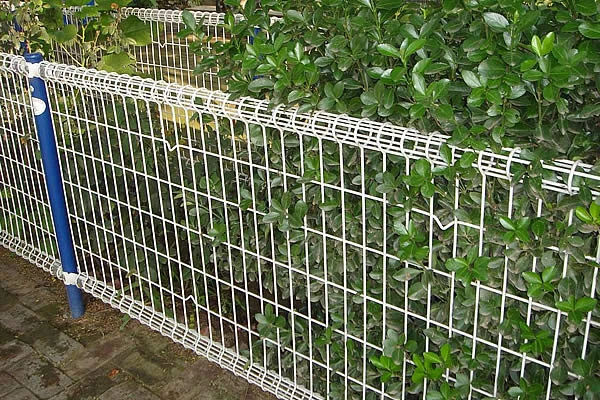 TEL:
+86-13102802206
TEL:
+86-13102802206
 Email:
fencenetting@china.com
Email:
fencenetting@china.com
 Language
Language
 TEL:
+86-13102802206
TEL:
+86-13102802206
 Email:
fencenetting@china.com
Email:
fencenetting@china.com
 Language
Language


The Versatility of Stainless Steel Vent Mesh A Comprehensive Overview
Stainless steel vent mesh is a pivotal element in various industries, offering both functional and aesthetic benefits. Known for its durability, corrosion resistance, and versatility, stainless steel mesh provides a reliable solution for ventilation needs across a multitude of applications. This article aims to explore the characteristics, uses, and advantages of stainless steel vent mesh.
What is Stainless Steel Vent Mesh?
Stainless steel vent mesh is typically made from high-grade stainless steel wires woven into a mesh format. It is designed to permit airflow while preventing the ingress of dust, insects, and debris. The weave pattern and the size of the openings can vary, giving options tailored to specific environments and requirements.
Characteristics of Stainless Steel Vent Mesh
1. Corrosion Resistance One of the primary advantages of stainless steel is its resistance to corrosion, which is vital in environments exposed to moisture, chemicals, and changing weather conditions. This property ensures a longer lifespan, reducing the need for frequent replacements.
2. Strength and Durability Stainless steel vent mesh is robust, able to withstand impact and physical stress. This strength makes it suitable for applications in industrial settings, where other materials might fail.
3. Temperature Resistance Stainless steel can endure a wide range of temperatures, making it ideal for environments experiencing extremes of heat or cold. This quality is essential in areas such as ovens, furnaces, or outdoor venting systems.
4. Aesthetic Appeal Apart from its functional attributes, stainless steel offers a sleek, modern appearance that is visually appealing. This aesthetic quality makes it a popular choice for architectural and interior design applications.
Applications of Stainless Steel Vent Mesh
1. Industrial Ventilation In factories and industrial plants, vent mesh is used to cover exhaust fans and vents, allowing for efficient airflow while keeping contaminants out.

3. Automotive In the automotive sector, stainless steel mesh is often employed in engine applications, where it helps with ventilation and ensures the efficiency of air intake systems.
4. Building Facades Architects frequently incorporate stainless steel vent mesh in building facades to enhance airflow while providing a striking visual element that complements contemporary designs.
5. Agricultural Use Farmers use vent mesh in barns and greenhouses to ensure proper ventilation while protecting livestock and crops from pests and adverse weather conditions.
Advantages of Using Stainless Steel Vent Mesh
- Longevity The durability of stainless steel contributes to a long operational life, minimizing maintenance costs and disruptions in service.
- Eco-Friendliness Stainless steel is recyclable, which can contribute to sustainability efforts. Using stainless steel vent mesh supports environmentally responsible practices.
- Customizability Manufacturers can produce vent mesh to specific specifications, tailoring the size and weave pattern according to the unique needs of a project.
- Ease of Maintenance Stainless steel vent mesh is easy to clean and maintain, ensuring consistent performance without extensive effort.
Conclusion
Stainless steel vent mesh is an exceptional material that combines functionality with aesthetic appeal. Its resistance to corrosion, strength, and eco-friendly nature make it an ideal choice for a diverse range of applications, from industrial to residential. As industries continue to evolve and technological advancements are adopted, the relevance and applicability of stainless steel vent mesh will only increase, solidifying its role as a critical component in effective ventilation solutions. Whether for practical uses or design purposes, stainless steel vent mesh remains an indispensable asset in modern engineering and architecture.